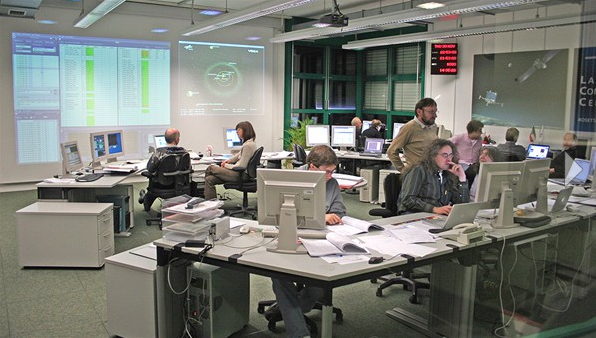CAMBRIDGE, Mass. -- Say you’re out shopping for basic household goods — perhaps orange juice and soup. Or light bulbs. Or diapers for your young child. How do you choose the products you buy? Is it a complicated decision, or a simple one?
It could be complex: Factors like price, quality, and brand loyalty may run through your mind. Indeed, some scholars have developed complicated models of consumer decision-making, in which people accumulate substantial product knowledge, then weigh that knowledge against the opportunity to explore less-known products.
But in a new paper, MIT researchers suggest that your brain is making a simpler calculation when you shop: You are most likely deploying an “index strategy,” a straightforward ranking of products. It may not be an absolutely perfect calculation, given all the available information, but the study suggests that an index strategy comes very close to being optimal, and is a far easier way for consumers to make their choices.
“The advantage of making a slightly better decision wouldn’t be worth it,” says John Hauser, the Kirin Professor of Marketing at the MIT Sloan School of Management and a co-author of the new study. Rather, he asserts, a simple index strategy “is going to get you really pretty close to an optimal decision at a much lower cost — both search cost and cognitive cost.” Basic rankings help you make quick decisions, and leave room to think about things other than your weekend shopping choices.
Typical models of consumer thought often treat the brain like an always-running computer, and hold that consumers constantly worry about the ways in which their choices interact. For instance: When considering one diaper brand, these models posit that consumers are worried they will lose opportunities to learn more about other brands. The MIT team also believes that consumers accumulate information, but in a simpler, more intuitive way.
“When we look at our options, we normally evaluate them one by one,” says Juanjuan Zhang, an associate professor of marketing at MIT Sloan and another co-author of the study. “We would argue that that is the way we think, and that is different from how other models in marketing work.”
No space for PSPACE
The paper — titled “Learning from Experience, Simply” — is published in the journal Marketing Science. The co-authors are MIT doctoral candidate Song Lin, Zhang, and Hauser.
The study described in the paper is explicitly intended to bridge the gap between empirical studies of consumer decision-making and mathematical models in the field. Hauser, Lin, and Zhang suggest that some models of consumer thought are “PSPACE-hard” — that is, so mathematically difficult as to be virtually unsolvable even with the fastest computer, where the number of steps needed to find a solution is a direct function of the problem’s size.
“They’re assuming consumers can make decisions that computers can’t solve,” Hauser says. “And they’re assuming consumers make these in seconds as they walk down the aisle in the supermarket.” Besides, he notes, “Even a computer uses simple heuristics to solve these problems.”
To test whether an index strategy reasonably describes how consumers think, Lin, Zhang, and Hauser conducted an empirical study of consumers who purchase diapers, using a commercial data set of 262 households and almost 3,400 purchases, which turned up several relevant patterns, such as the fact that consumers are more likely to change diaper brands within their first 13 purchases.
To the researchers, this suggests that consumers are learning, and valuing the opportunity to switch — while the data fits the concept of the index strategy. It explains product choices as well as other models, while showing how consumers may be inclined to reduce their thinking costs in terms of time.
“If we assume consumers are using this heuristic, it explains the data just as well as the optimal [models] do,” Hauser says.
A place where you’d expect learning
At the same time, the idea of the index strategy does not rule out consumer reassessment of brands. Studying a product like diapers, the researchers note, shows that people do learn some new information about products, and sometimes flip their index rankings as a consequence.
Thus the results of index strategies resemble those of complex models, but arrive there in a much more direct way.
“Two things about diapers make it a good category,” Hauser says. “One is that we can identify people who are new, or haven’t been in the category for a while. … It’s a place where you’d expect learning. The other thing is, learning about diapers is probably pretty important to new parents. There are incentives to learn.”
For their part, the researchers say they are open to further studies, and hope to get empiricists and theorists of consumer cognition to “talk to one another” to an increasing extent. The supermarket aisle, after all, is not the only spot where we can expect learning to take place.
Written by Peter Dizikes, MIT News Office
Related links
ARCHIVE: Why let your sales force influence product prices?
http://newsoffice.mit.edu/2014/why-let-your-sales-force-influence-product-prices-0730
ARCHIVE: Observing the observers
http://newsoffice.mit.edu/2013/observing-the-observers-0106
Massachusetts Institute of Technology, 77 Massachusetts Avenue Building 11-400, Cambridge, MA 02139-4307 United States





